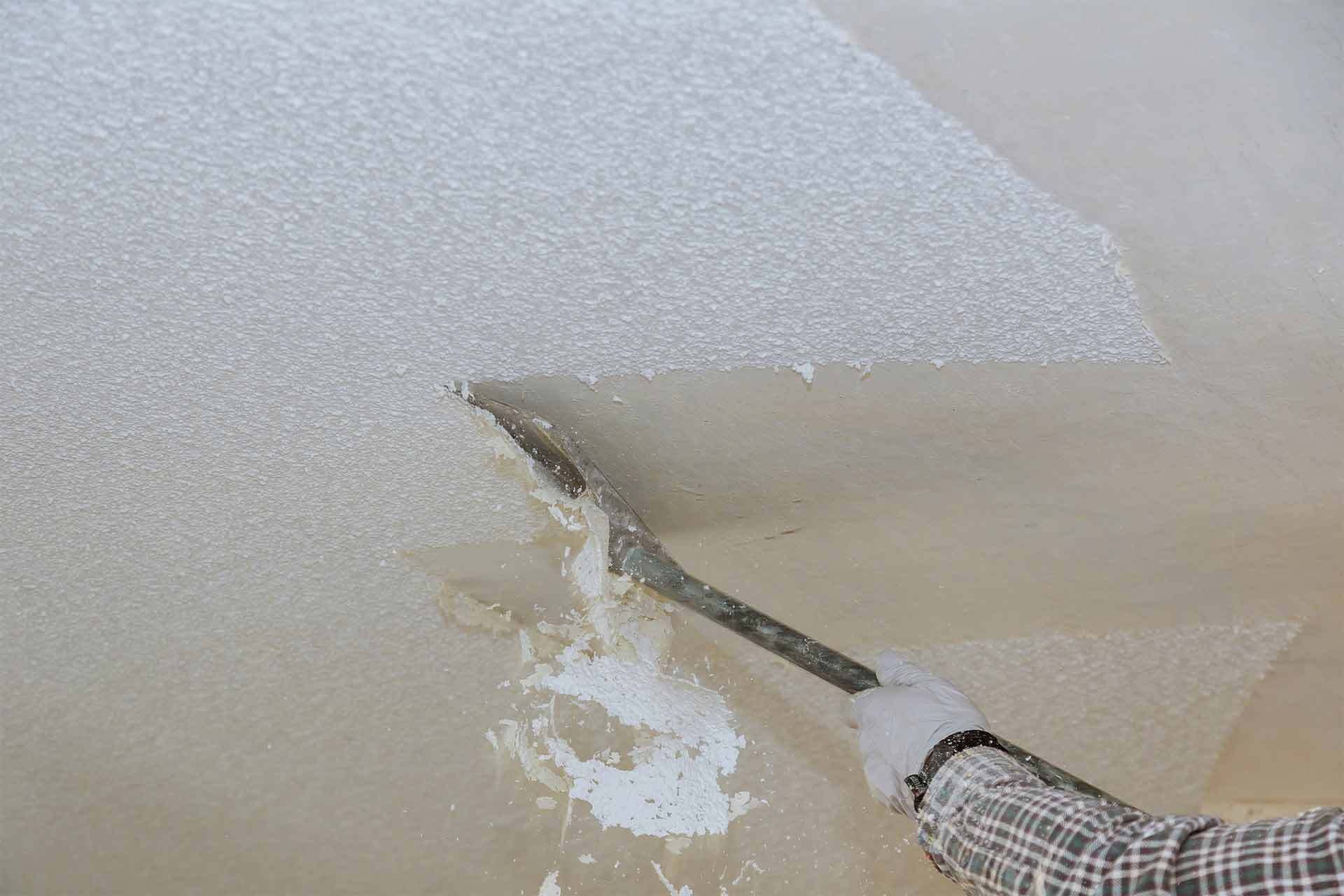Popcorn ceilings, also known as acoustic ceilings, were a popular trend in the 1950s through the 1980s. The textured surface was meant to absorb sound and hide imperfections in the ceiling. However, today popcorn ceilings are considered outdated and can even be a health hazard.
Do popcorn ceilings have asbestos?
If your home has popcorn ceilings, you may want to consider removing them. The textured surface can collect dust, dirt, and even mould, making it difficult to clean and potentially harmful to your health. The popcorn material also contains asbestos, a dangerous substance that can cause lung cancer if inhaled.
Removing popcorn ceilings can be a messy and time-consuming process, but it is worth considering for the health and aesthetic benefits. Here are some tips to help you get started:
1. Test for asbestos: If your home was built before 1980, there is a chance that your popcorn ceiling contains asbestos. It is important to have it tested before attempting to remove it. You can hire a professional to test for asbestos or purchase a DIY testing kit.
2. Prepare the room: Removing popcorn ceilings creates a lot of dust and debris. Cover the floors and furniture with plastic sheeting and remove any light fixtures or ceiling fans.
3. Wet the ceiling: Before scraping the popcorn off, wet the ceiling with a spray bottle of water. This will help to reduce the amount of dust created.
4. Scrape the popcorn: Use a scraper or putty knife to remove the popcorn texture. Work in small sections and be careful not to damage the ceiling underneath.
5. Sand and repair: Once the popcorn is removed, sand the ceiling to create a smooth surface. Fill in any cracks or holes with joint compound and sand again.
6. Paint: After the ceiling has been sanded and repaired, it is ready to be painted. Choose a paint that is specifically designed for ceilings.
Professionals removing popcorn ceiling
Removing popcorn ceilings can be a daunting task, but with the right precautions and tools, it is possible to do it yourself. If you are unsure or uncomfortable with the process, it is always best to hire a professional. The end result will be a cleaner, safer, and more modern-looking ceiling.





